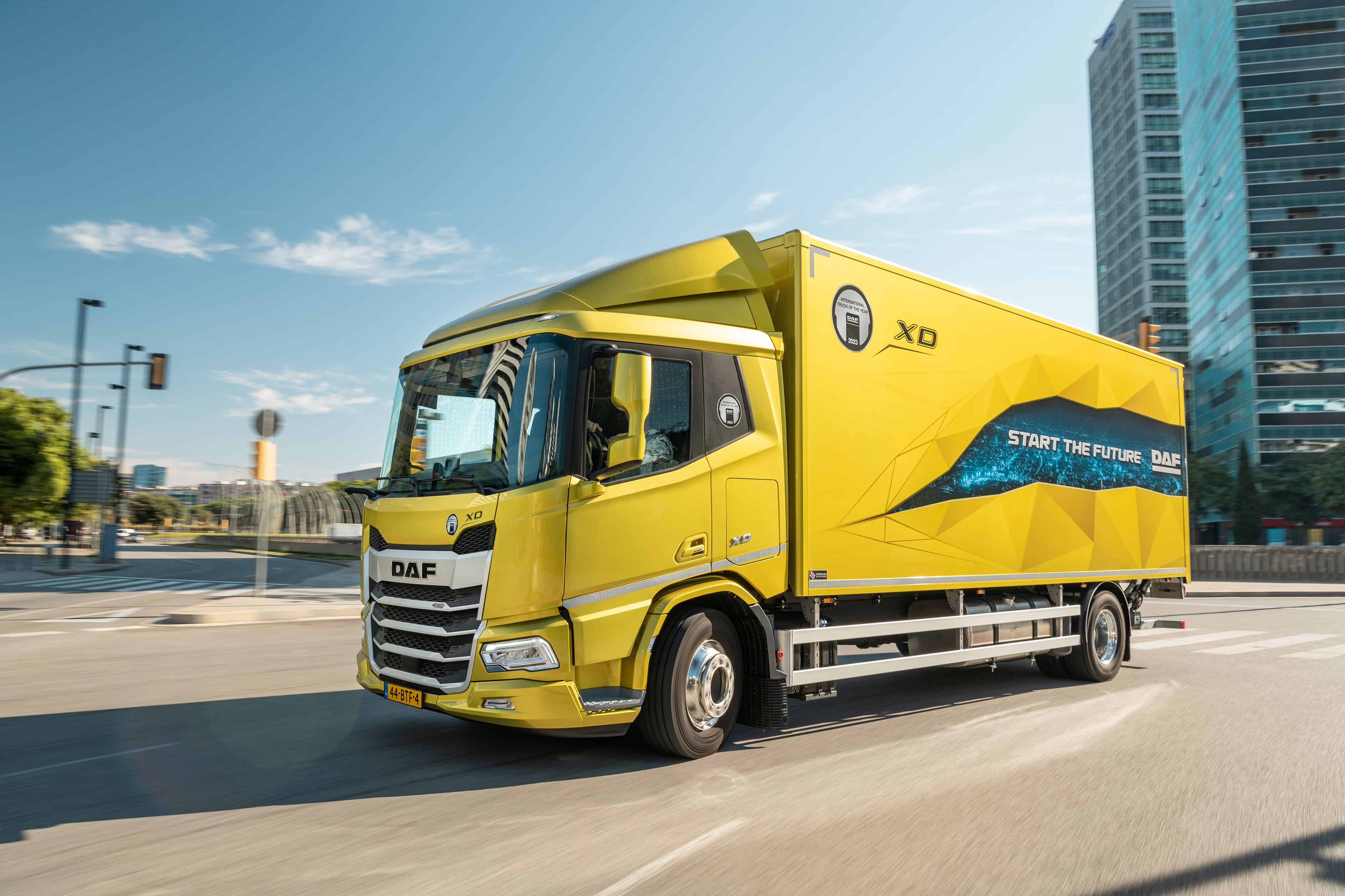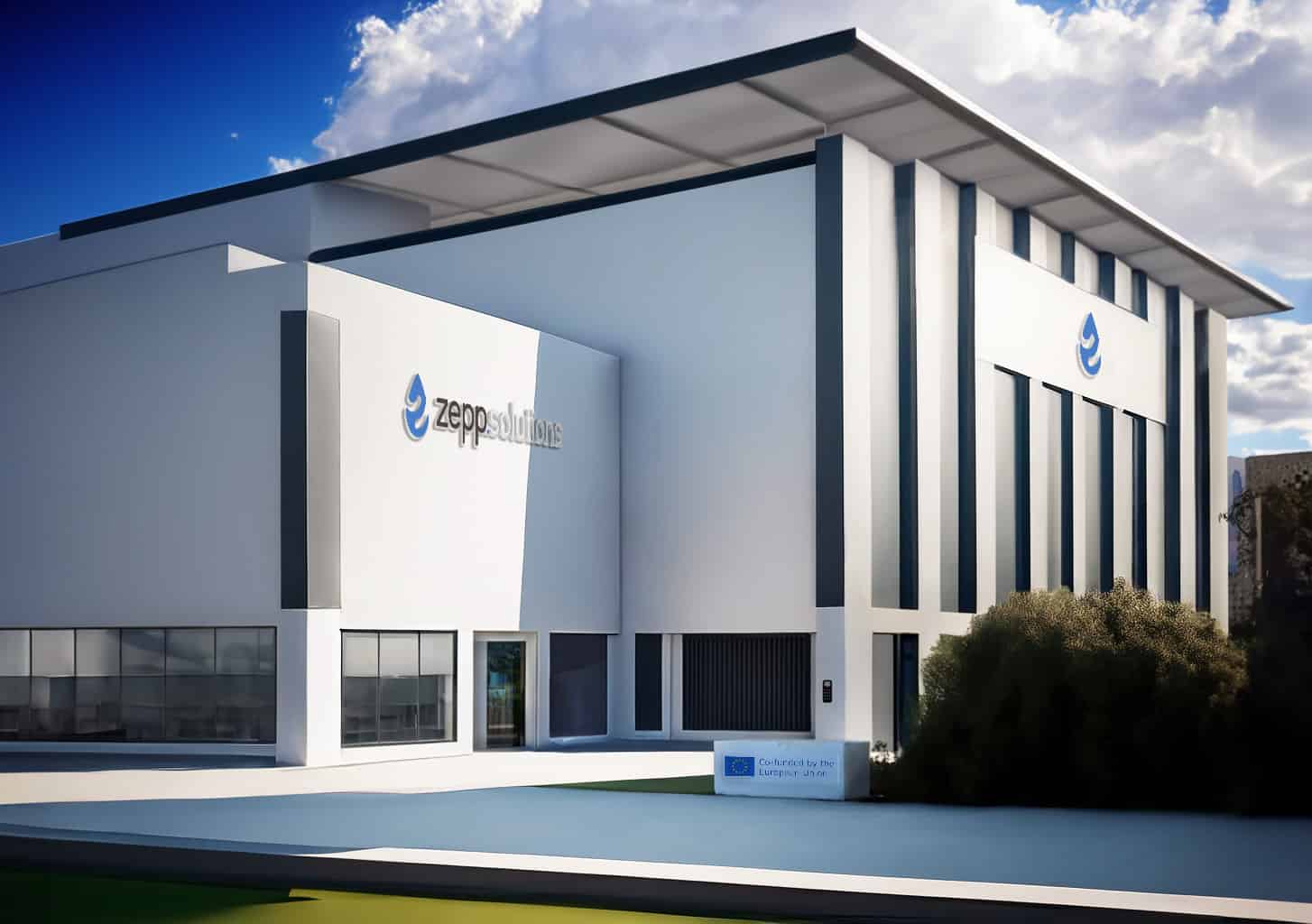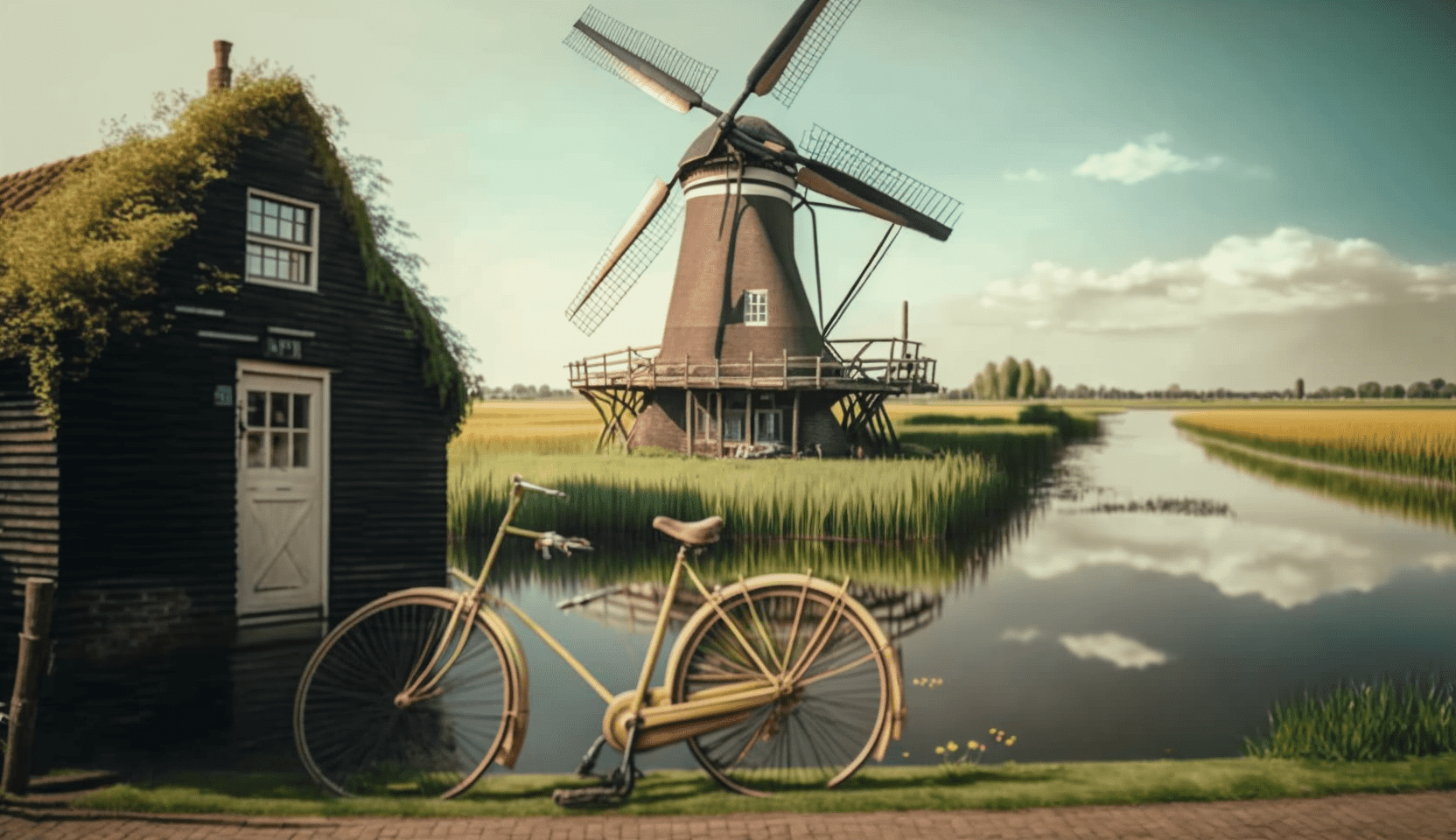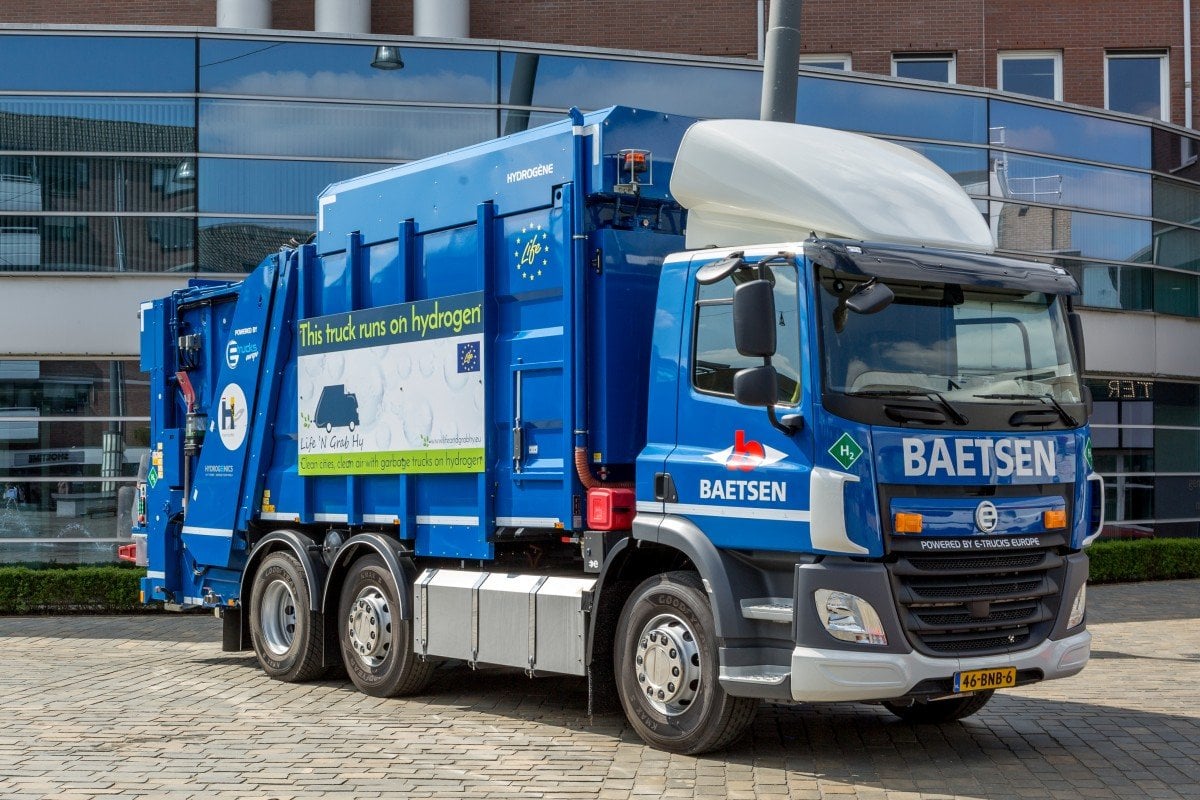
The Dutch province of Brabant is one of the most innovative regions in Europe. Here women and men work in laboratories and test facilities on the technology of the future. Yet the ‘time-to-market’ for new products is becoming ever shorter while the technologies are ever-more complex. Brabant could lose its leading position without the cooperation from international partners. The province is therefore seeking partnerships with 5 comparable regions in Germany: North Rhine-Westphalia, Saxony, Thuringia, Baden-Württemberg, and Bavaria. By leveraging each other’s expertise and strengths, the partners are building up a solid proposition to face the challenges of the future together. Today: the hydrogen revolution
That the world is becoming electrified is indisputable. Except that is not so clear-cut what the best way to store that power is. A few years ago, the province of North Brabant opted for a policy to develop battery technology as part of its plans for sustainable energy. It is not for nothing that the province is investing 1.5 million euros in a demonstration line at the Holst Center in Eindhoven for the new solid-state thin-film lithium-ion battery.
The innovative power of Brabant
Brabant companies are at the forefront of the development of these new technologies. The rise of hydrogen as an energy carrier also offers significant opportunities for the business community in this province. Especially the innovative strength of Brabant entrepreneurs makes them ideal partners and suppliers in the development of fuel cell systems and applications involving those systems. Brabant companies such as VDL and E-Trucks are already active in the design and development of buses, trucks and garbage trucks running on hydrogen.
You simply can’t do without international cooperation anymore.”
Wouter van der Laak
Both the Netherlands and Germany want to invest billions in climate-neutral hydrogen production. This should enable them to catch up with countries in the Far East such as Japan, South Korea, and China. As well as reduce their dependence on manufacturers from that region. It is particularly the corona pandemic that has made it clear that there is a major lack of systems and techniques being developed in Europe’s own regions. The Netherlands and Germany are now part of what is known as the Pentalateral Energy Forum. This forum also includes Belgium, Luxembourg, France, Austria, and Switzerland. Its aim is to achieve a joint, cross-border, and climate-neutral hydrogen supply in the north-western European region.
“You simply can’t do without international cooperation anymore,” says Wouter van der Laak of WaterstofNet. The Dutch company WaterstofNet develops and realizes projects and roadmaps around sustainable hydrogen. They do this together with industry and governments in the field of zero-emission transport and energy storage. The focus is on Flanders (Belgium) and the Netherlands. Van der Laak sees significant opportunities for the Brabant business community. Specifically when it comes to the development of fuel cells, equipment for large-scale manufacturing and the associated technology and applications. Such as what is needed for vehicles, for example.
Role in fuel cell development and manufacturing
“We do not have our own fuel cell manufacturers here in Brabant. But we do have several companies that can play a major role as suppliers for the manufacture of fuel cells. We recognize the importance of regional players across the entire hydrogen development process. At the moment, we have 60 members who are members of the ‘Hydrogen Industry Cluster’ set up by WaterstofNet. We are constantly taking follow-up steps in partnership with these companies. One such example is the H2Haul project whereby Elring Klinger is collaborating with VDL in the German state of Baden Württemberg. Elring Klinger is currently constructing the fuel cell that VDL is installing in its trucks as part of the H2Haul project.”
Mobile hydrogen filling stations
In another project, H2-Share, the Wystrach company from the German town of Weeze (NRW) participated in a Dutch trial with hydrogen-powered trucks. “You don’t have refilling stations everywhere where you can refuel with hydrogen. Wystrach has designed a mobile filling station for hydrogen-powered trucks,” Van der Laak explains. This is how the truck could be tested by the end user.
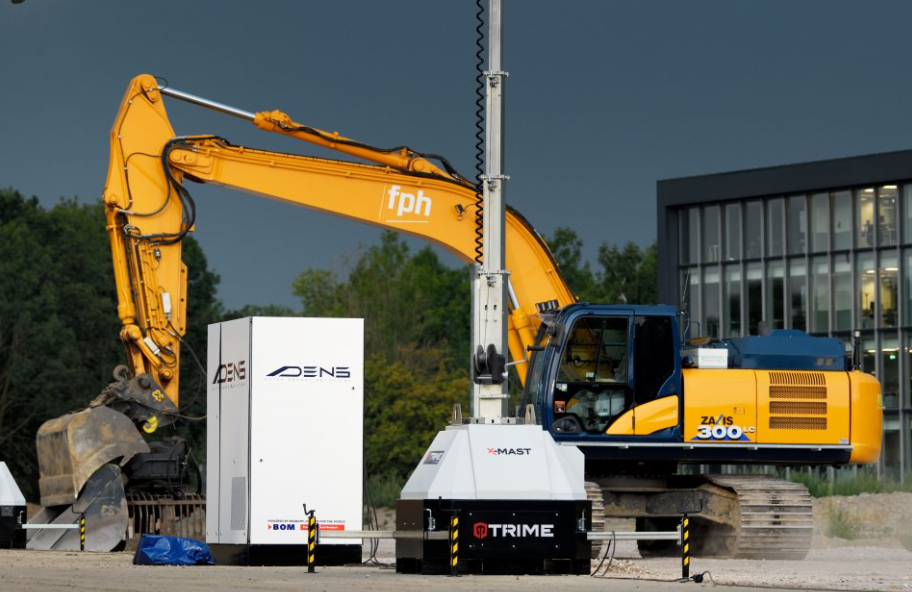
Wherever there is a diesel inside, it can be replaced
Even a young Brabant company like DENS sees advantages in cooperation with foreign partners. With those from Germany, for example. DENS is developing engines that use Hydrozine (formic acid) as fuel.
“We are in need of cooperation primarily with manufacturers and developers of heavy equipment who now mainly use diesel engines,” states Max Aerts, CEO of DENS. “Companies like Liebherr are interesting for us. But also manufacturers like Hydac, Bosch, and Siemens. The engineering technology from DENS is basically a great substitute for all diesel-driven equipment. In other words, to put it bluntly: Wherever there is a diesel inside, it can be replaced by a DENS engine.”
Being a young and innovative company, we can develop quickly and in an iterative way.”
Max Aerts, CEO of DENS
“In turn, we can bring in our know-how and developments in the field of energy systems, electrification, hydrogen, hydrogen carriers, fuel cell technology, process technology, hydrogen purification, and chemistry. Being a young and innovative company, we can develop quickly and in an iterative way.”
Becoming less dependent on non-EU countries
Van der Laak sees major opportunities for companies in Brabant when it comes to supplying components for fuel cells and large-scale generation of green hydrogen via electrolysis. “Parties in Brabant can provide significant added value to the development and manufacture of components for these systems. It would be strategically advantageous if suppliers for fuel cells and electrolysis were located in Brabant, then we would have all this more under our own control. It is crucial that we become less dependent on countries outside Europe that control the supply chains and also focus more on our own know-how, skills, and workforce.”
Vision for the provincial government
As far as Van der Laak is concerned, a clear vision is needed for this from the provincial government, among others. “It’s quite logical that the primary focus should be on battery technology. That’s all well and good, but that means you miss out on opportunities that way. We need an integrated vision of electric mobility. One that should encompass the opportunities and ambitions of hydrogen for Brabant. After all, we can see that Asian players, in particular, are now heavily committed to hydrogen. While these players have also taken the lead in the field of electrification through their work with batteries. The province could play a coordinating role there.”
Van der Laak views the extensive logistics sector in this province as having an important role to play. This concerns both the electrification of the fleet and the conversion from diesel to hydrogen as an energy carrier for the trucks.
“It will be impossible if we are unable to speed this up through closer cooperation and exchanging expertise between municipalities. Consider, for example, a joint procurement protocol for garbage trucks.” Central Brabant is now number 1 as the logistics hotspot. An ambitious greener environmental plan is part of this so as to set a good example and remain future-proof.”
Cheap power in abundance is on the way
“In Europe, 160 companies are affiliated with the Brussels-based ‘Hydrogen Europe‘ organization. They are all working in the hydrogen sector to develop technology and produce components and systems. Cheap electricity will become available in abundance within the foreseeable future. Still in the wrong place then, but at the right price. If we want to transport it to where we need it, we will inevitably need a flexible energy carrier. You could fill the world with cables. But I don’t know if that’s a realistic alternative.”
“If, for example, our first goal is to have 10 percent of trucks driving through Brabant with zero-emissions by 2025, then we ought to get to work on installing more filling stations,” he continues. “And these will also come as soon as such a service station gains the commitment of a customer. For instance, one of those Brabant transport companies who will stop by every day to refuel thirty to forty trucks. I’m not at all worried that these stations are going to be built.”
Paul Gosselink of the Brabant Development Agency (BOM) also sees opportunities for Brabant with regard to green hydrogen. In his vision, Brabant will have a substantial position in electrolysis production by 2030. This should be realized through a smart combination of companies in the manufacturing industry and logistics. “Including the acquisition of crucial electrolysis know-how by allowing foreign companies to set up a branch in North Brabant.”
Interesting for foreign parties
“Large truck manufacturers such as DAF are not using hydrogen trucks yet because the volumes are still too small. But that is quite a different story for a company like VDL. The various VDL companies are interesting for foreign parties who concern themselves with the manufacture of electrolyzers and fuel cells.”

“I think we have certain assets that will allow us to bring foreign parties over here for the know-how that we don’t have ourselves. Just think of the Japanese company Asahi Kasei or parties like ITM, NEL, Hydrogenics, and Fuji. Asahi, for one thing, is good at building alkaline electrolyzers. VDL has specialized in-house knowledge in this field.”
Industrial clusters
In Gosselink’s view, a lot of cuts to expenditure still need to be undertaken in order to be able to compete with the existing systems. The GreenH2UB also contributes to this. Local surpluses of green energy (or large-scale energy generation in places where the power grid does not currently accommodate this) can be stored as green hydrogen for local applications. You can also have innovations field-tested there and demonstrate that these cost reductions can be accomplished that way.

There are also a limited number of companies in Brabant that are actually already investing heavily in hydrogen. “That is why the FME, together with the TNO, have set up Dutch hydrogen electrolysis studies. This research explores where industrial clusters can be developed. Together with the province and Brainport Development, we are in discussions about this with a large number of companies. However, for many parties, it is still unclear how large this market might become.”
Read other articles about the cooperation between the Dutch province of Brabant and German regions: Matchmaker for South German and Dutch Brabant companies sees plenty of opportunities
German Gründlichkeit and Brabant innovation can deliver something beautiful together
Other IO articles on the development of hydrogen as an energy source of the future can be found via this link.



